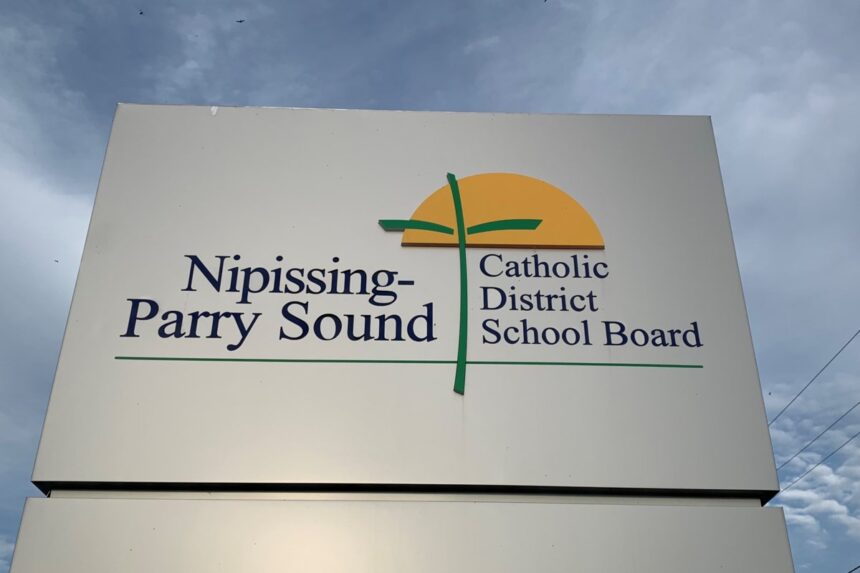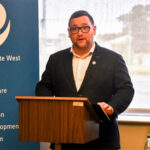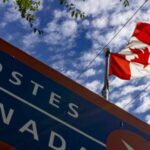In a decisive move to address evolving educational needs, the Nipissing-Parry Sound Catholic District School Board (NPSC) has unveiled its 2024 budget with strategic investments targeting STEM education, mental health resources, and Indigenous learning pathways. The $76.4 million operating budget reflects a measured response to post-pandemic challenges while positioning students for future success in an increasingly complex world.
“This budget represents our commitment to creating learning environments where every student can thrive intellectually, emotionally, and culturally,” said NPSC Director of Education Laura Mauro during Tuesday’s board meeting. “We’re making targeted investments in areas that research shows will have the most significant impact on student outcomes.”
The board has allocated $1.2 million for expanding STEM (Science, Technology, Engineering, and Mathematics) programming, including new robotics labs at three elementary schools and advanced computer science facilities at St. Joseph-Scollard Hall Secondary School. This investment aligns with broader Canadian educational priorities that emphasize preparing students for careers in high-demand technical fields.
Mental health support receives substantial attention with $875,000 designated for additional counselors and specialized training for educators. This allocation represents a 15% increase from last year’s mental health budget, acknowledging the continued psychological impact of the pandemic on student wellbeing.
“We’re seeing unprecedented needs in our schools,” explained Superintendent of Student Services Patricia DeGregorio. “This funding allows us to implement evidence-based interventions while reducing wait times for students requiring support.”
Indigenous education initiatives receive $650,000, supporting cultural programming, language preservation, and curriculum development in partnership with local First Nations. The funding includes resources for Elder-in-Residence programs across all NPSC schools and professional development for teachers on integrating Indigenous perspectives into classroom instruction.
Financial challenges remain despite the positive investments. The board projects a 3.2% increase in operating costs related to inflation, utilities, and transportation services. However, prudent financial management has allowed NPSC to maintain a modest reserve fund while avoiding significant program cuts.
“Like all educational institutions across Ontario, we’re navigating complex fiscal realities,” noted Chief Financial Officer Mark Cierpich. “We’ve scrutinized every dollar to ensure maximum impact on student achievement and wellbeing.”
Community reaction has been largely supportive, with parent council representatives commending the balanced approach. Teacher federations have expressed cautious optimism about the investments while noting ongoing concerns about classroom sizes and support staff ratios.
The NPSC budget also includes $3.1 million for ongoing capital projects, including accessibility upgrades and energy efficiency improvements across the board’s facilities. These investments align with broader sustainability goals while reducing long-term operational costs.
As educational systems nationwide adapt to post-pandemic realities, this budget raises important questions about how school boards can balance fiscal responsibility with evolving student needs. Will these targeted investments in STEM, mental health, and Indigenous education create the resilient, inclusive learning environments our communities require for the future?

























